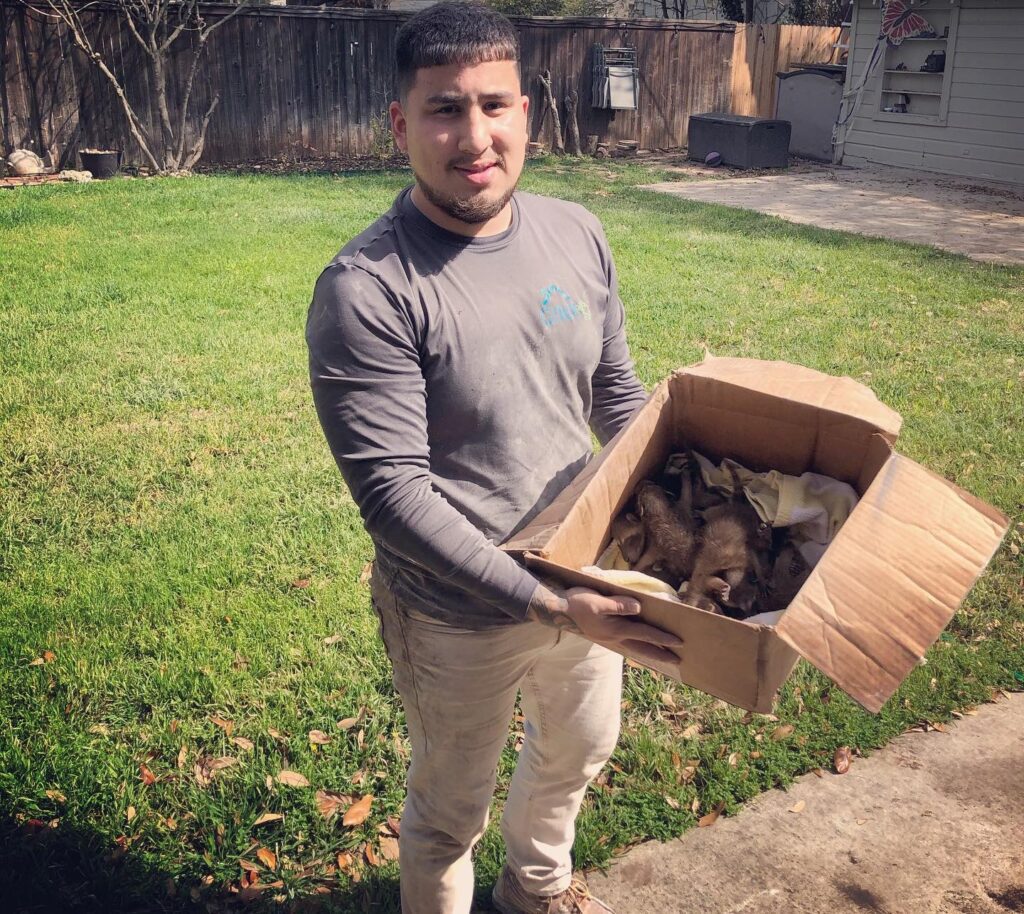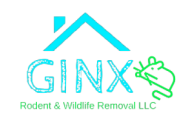Wildlife encounters in or around the home can be unsettling, and in some cases, hazardous. From squirrels in the attic to raccoons in crawl spaces and rats nesting inside walls, these uninvited guests are more common than most homeowners realize. But resolving the issue doesn’t have to involve harsh or harmful tactics. Humane wildlife removal is a responsible approach that prioritizes safety, prevention, and respect for the animal’s natural behavior.
When done correctly, humane removal techniques not only protect local wildlife but also preserve the integrity of your property and prevent future infestations. In this article, we explore the key elements of ethical rodent and wildlife management, what homeowners can do, and when it’s time to call in the professionals.

Why Humane Wildlife Removal Matters
Removing wildlife from residential settings requires more than just traps and deterrents. It demands a deeper understanding of animal habits and local ecology. Traditional methods, such as poisoning or lethal trapping, may seem quick and easy but often result in unnecessary suffering, secondary infestations, and health hazards from decaying carcasses. Humane wildlife removal, on the other hand, focuses on non-lethal solutions and long-term prevention.
This approach benefits homeowners by:
- Reducing health risks tied to direct animal contact or contaminated droppings
- Avoiding property damage caused by distressed or trapped animals
- Preventing the death of non-target animals and pets
- Supporting biodiversity by allowing animals to return to their appropriate habitats
A comprehensive humane plan considers not just how to remove the animal, but why it came in the first place and how to keep it from returning.
Signs You May Have a Wildlife Intrusion
Rodents and wildlife are often stealthy guests. By the time you hear noises overhead or notice droppings, the animal may have been inside for days or even weeks. Catching these signs early is crucial to minimizing property damage and health risks.
Watch for these red flags:
- Scratching or scurrying sounds in walls or ceilings
- Chewed insulation, wiring, or wooden beams
- Greasy rub marks along walls and baseboards
- Droppings in the attic, garage, or pantry
- Nests made from shredded paper, fabric, or leaves
In fact, understanding the specific type of rodent can inform the best removal approach. If you’re unsure what species you’re dealing with, this guide to identifying common rodents offers helpful insights.
Rodents like rats and mice may reproduce quickly, while raccoons or squirrels may only be seasonal visitors. Knowing the difference is essential to addressing the issue effectively and humanely.
Safe and Effective Techniques Used by Professionals
Humane wildlife removal is not a one-size-fits-all solution. Each species, and each property, requires a tailored strategy that balances animal behavior with building structure. Professional wildlife specialists typically follow a multi-step process that may include:
- Inspection: Locating entry points, identifying the animal, and assessing property damage
- Exclusion: Sealing access points with wildlife-proof materials after confirming all animals are out
- One-way doors: Installing devices that allow animals to exit but not re-enter
- Live trapping: Used only when necessary and in compliance with local wildlife regulations
- Relocation: If permitted, transporting the animal to a suitable habitat
Here’s why this matters. If exclusion or trapping is done improperly, animals may be separated from their young or worse, die inside walls. These complications can lead to expensive repairs and additional infestations from insects or scavengers. That’s why professional evaluation is often the most efficient path forward.
Prevention and Long-Term Wildlife Control
Once animals are removed, it’s critical to prevent future entries. Wildlife will continue to seek out food, shelter, and warmth, especially in colder months, unless you proactively make your home uninviting to them. Preventive steps should be a core part of any humane wildlife removal strategy.
To help reduce future issues:
- Seal all potential entry points, including soffits, vents, chimneys, and foundation gaps
- Trim trees and shrubs that give access to rooftops or attics
- Store food securely, including pet food, birdseed, and trash
- Install chimney caps and vent covers to deter nesting animals
- Maintain your home’s exterior by repairing loose siding or rotted wood
Rodent infestations, in particular, often reoccur when early signs go unnoticed. As detailed in this article on why early detection is key, spotting the warning signals before the population grows is one of the smartest, most humane steps you can take.
Knowing When to Bring in the Experts
While DIY exclusion may seem like a manageable weekend project, removing wildlife, especially rodents, can be more complex than it appears. Animals often hide in tight, difficult-to-reach areas like soffits, wall voids, and ductwork. And even if you manage to evict them, failing to address how and why they entered can result in repeat visits.
Consider professional help if:
- You’re unsure what kind of animal you’re dealing with
- You’ve tried sealing entry points but the noises persist
- You suspect there are babies or a nest involved
- Droppings, urine odor, or chewed wires are becoming noticeable
- You want to ensure animals are handled according to local laws and best practices
Wildlife professionals are trained to identify behavior patterns, use species-specific methods, and minimize risk to both you and the animals. Their expertise is especially important in multifamily dwellings or commercial properties, where structural complexity increases the chance of hidden infestations.If you’re dealing with unwanted rodents or wildlife in your home and want a responsible solution, contact Ginx Rodent and Wildlife Removal. Their team uses expert-backed, humane methods to protect your home and local ecosystem: safely, efficiently, and with long-term results in mind.







